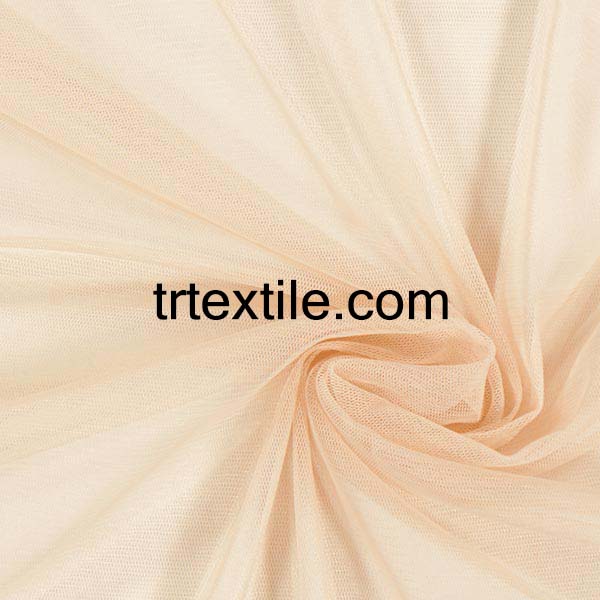Puppet shows have been a beloved form of entertainment for centuries, captivating audiences of all ages with their whimsical characters and engaging stories. One key element that brings these shows to life is the use of puppet curtains, which are made from a special type of fabric known as tulle.
Tulle fabric is a lightweight, sheer material that is commonly used in the world of fashion and design. It is made from various fibers, such as silk, nylon, or polyester, and is known for its fine net-like appearance. Tulle is often used for creating bridal veils, tutus, and other delicate garments, but it also has practical applications in the world of puppetry.
When it comes to puppet curtains, tulle fabric is the material of choice for several reasons. Firstly, tulle is lightweight and easy to manipulate, making it ideal for creating the flowing, ethereal look that is often associated with puppet shows. The sheer quality of tulle also allows for subtle lighting effects to be used behind the curtain, adding depth and dimension to the performance.
In addition to its aesthetic qualities, tulle fabric is also practical for puppet curtains because it is durable and easy to clean. Puppet shows can be messy affairs, with props and puppets being moved around frequently, so having a fabric that can withstand wear and tear is essential. Tulle is also easy to wash, making it simple to keep the curtains looking fresh and clean for each performance.
Another benefit of using tulle fabric for puppet curtains is its versatility. Tulle comes in a wide range of colors and patterns, allowing puppeteers to customize their curtains to suit the theme of their show. Whether they are looking for a soft pastel hue for a children’s performance or a bold, dramatic color for a more adult audience, tulle fabric offers endless possibilities for creative expression.
When it comes to constructing puppet curtains from tulle fabric, there are a few key considerations to keep in mind. Firstly, the curtains should be made with a double layer of tulle to ensure that they are opaque enough to hide the puppeteers behind them. The curtains should also be hemmed neatly to prevent fraying and ensure a professional finish.
In conclusion, tulle fabric is an essential component of puppet curtains, adding beauty, functionality, and versatility to any puppet show. With its lightweight, sheer quality, tulle creates a magical backdrop for puppet performances, enhancing the visual appeal of the show and delighting audiences of all ages. So next time you attend a puppet show, take a moment to appreciate the artistry and craftsmanship that goes into creating the enchanting world behind the tulle curtain.




